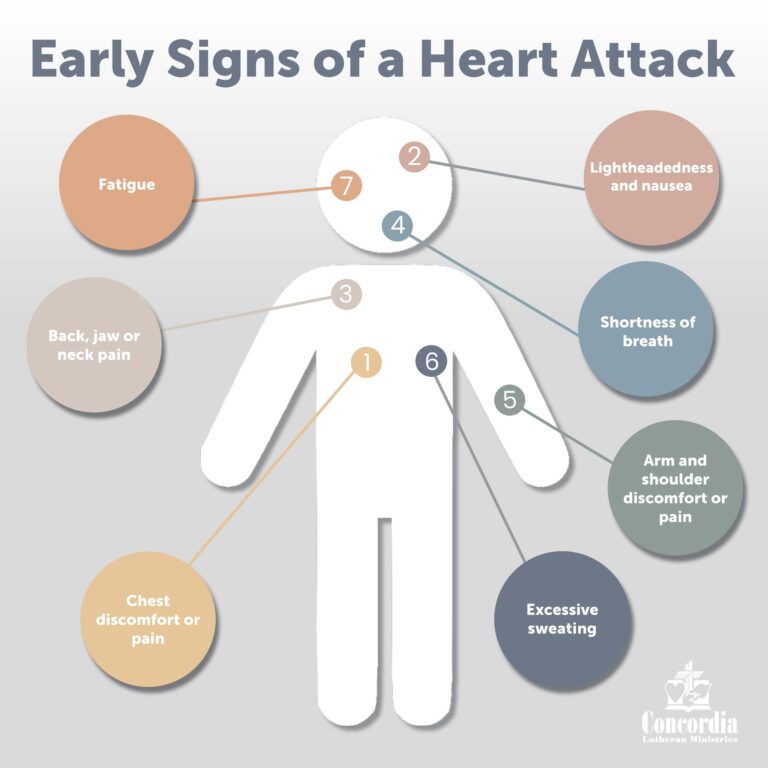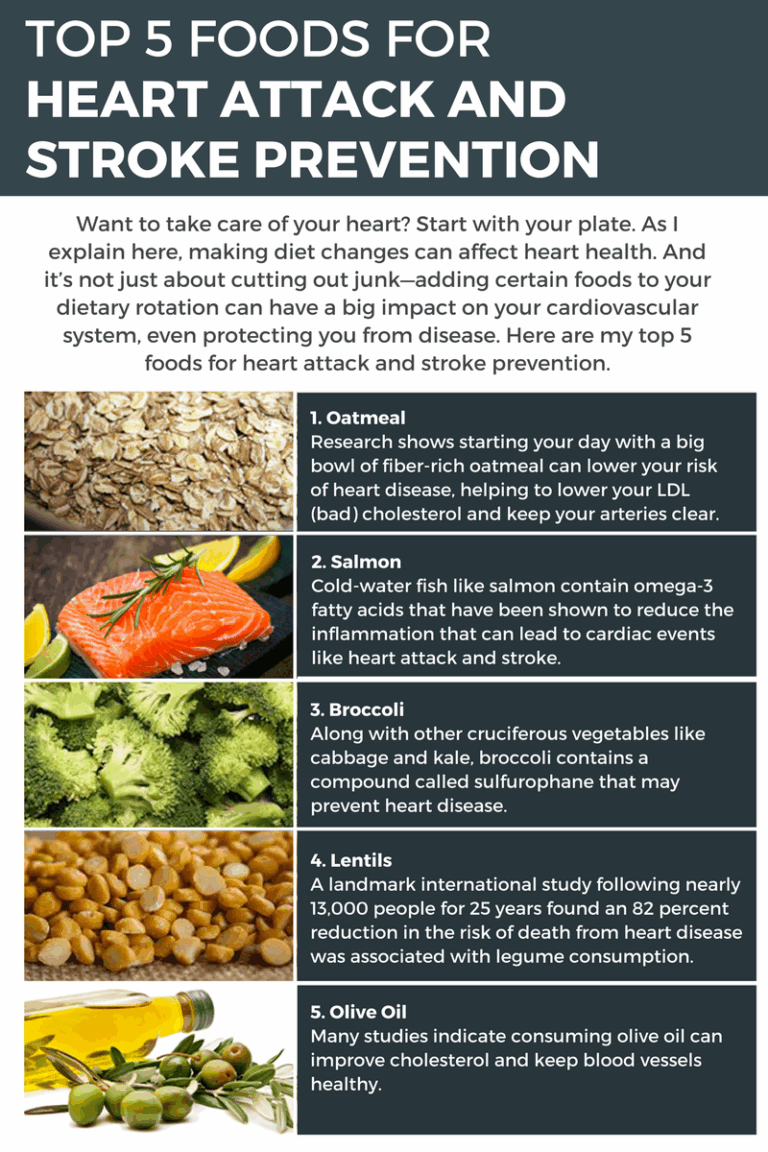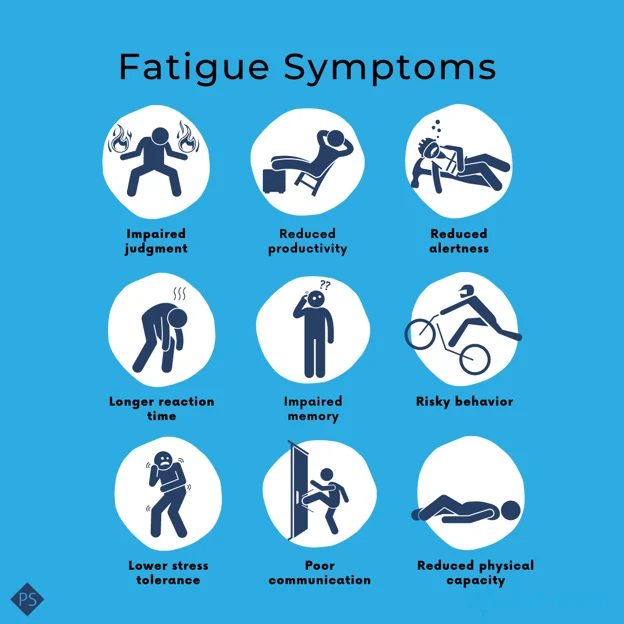Can You Live a Long Life After a Heart Attack?
Experiencing a heart attack can be a life-altering event, but it doesn’t necessarily mean the end of a fulfilling life. With appropriate care, lifestyle adjustments, and the right tools, many individuals not only recover but also thrive post-heart attack. This comprehensive guide explores strategies to enhance longevity and quality of life after a heart attack.
Understanding Life Expectancy After a Heart Attack
Survival Rates and Factors Influencing Longevity
Survival rates post-heart attack have improved significantly due to advancements in medical care and increased awareness. According to the American Heart Association, there’s a 95% chance of surviving the next five years after a heart attack. However, factors such as age, overall health, and adherence to treatment plans play crucial roles in determining long-term outcomes.
Importance of Immediate and Ongoing Care
Prompt medical attention during a heart attack is vital. Equally important is the care received afterward. Engaging in cardiac rehabilitation, adhering to prescribed medications, and making lifestyle changes can significantly reduce the risk of subsequent heart events.
Strategies for a Heart-Healthy Life Post-Attack
Embracing Lifestyle Modifications
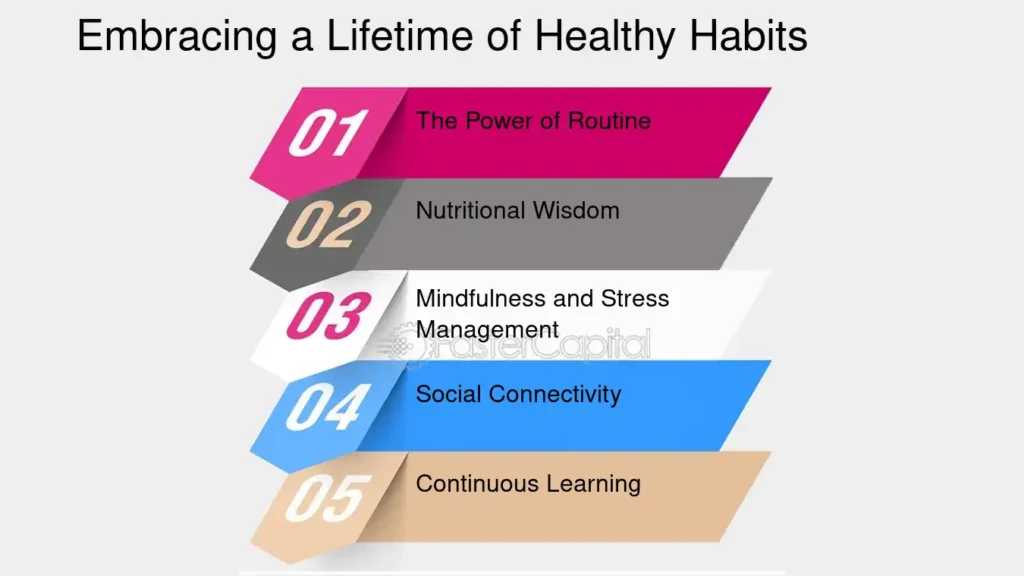
Adopting a heart-healthy lifestyle is paramount. This includes:
- Dietary Changes: Incorporate more fruits, vegetables, whole grains, lean proteins, and healthy fats. Limit intake of saturated fats, trans fats, sodium, and added sugars.
- Regular Physical Activity: Aim for at least 150 minutes of moderate-intensity aerobic exercise per week, as recommended by health professionals.
- Smoking Cessation: Quitting smoking reduces the risk of another heart attack and improves overall cardiovascular health.
- Stress Management: Techniques such as mindfulness, meditation, and yoga can help manage stress levels.
Medication Adherence and Regular Check-Ups
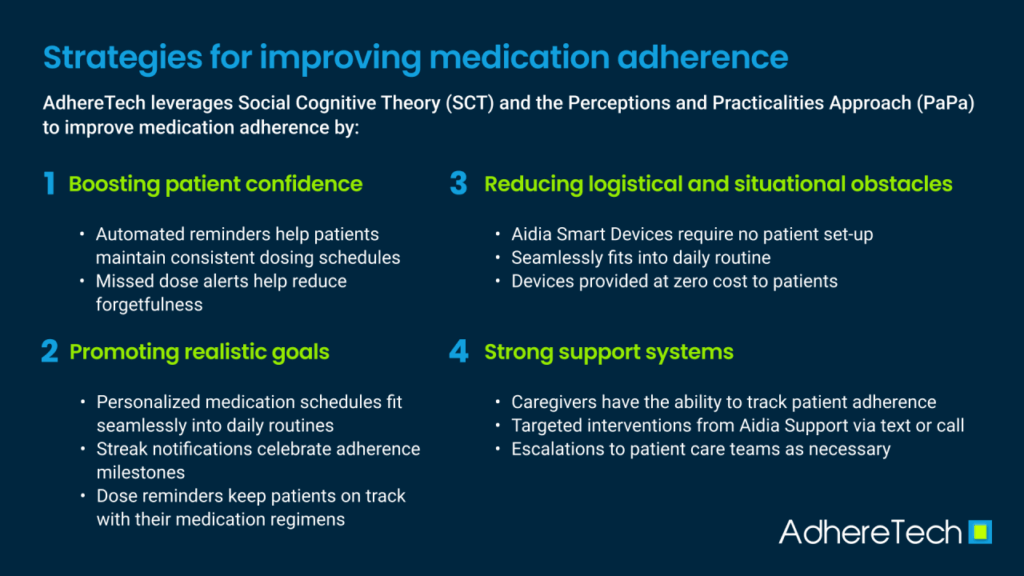
Taking medications as prescribed and attending regular medical appointments are essential. These practices help monitor heart health, manage risk factors, and adjust treatments as necessary.
Technological Aids for Heart Health Monitoring
Wearable Fitness Trackers
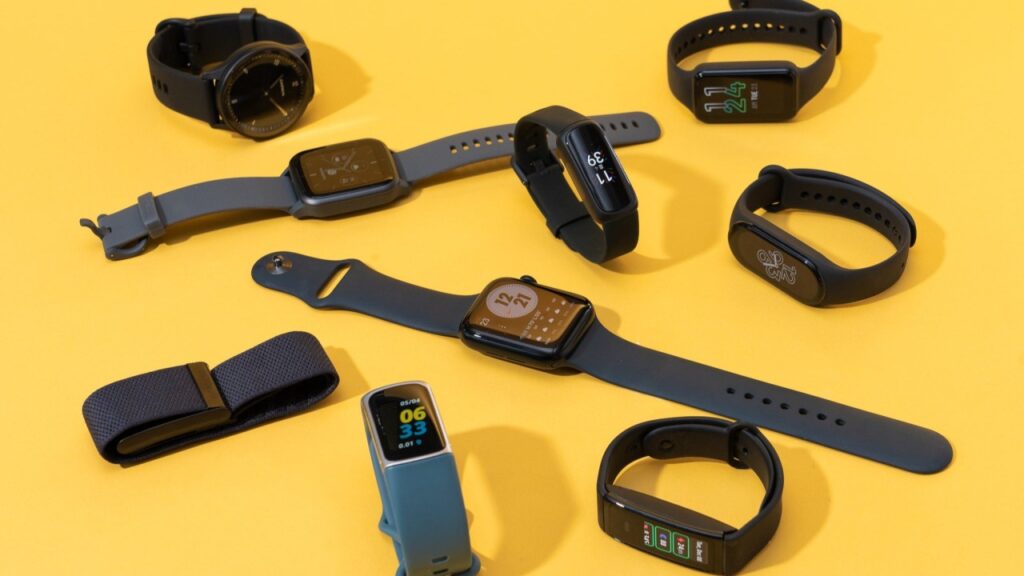
Devices like the Fitbit Charge 5 offer features such as heart rate monitoring, sleep tracking, and stress management tools. These trackers provide real-time data, helping users stay informed about their heart health and make necessary adjustments to their routines.
Smart Blood Pressure Monitors
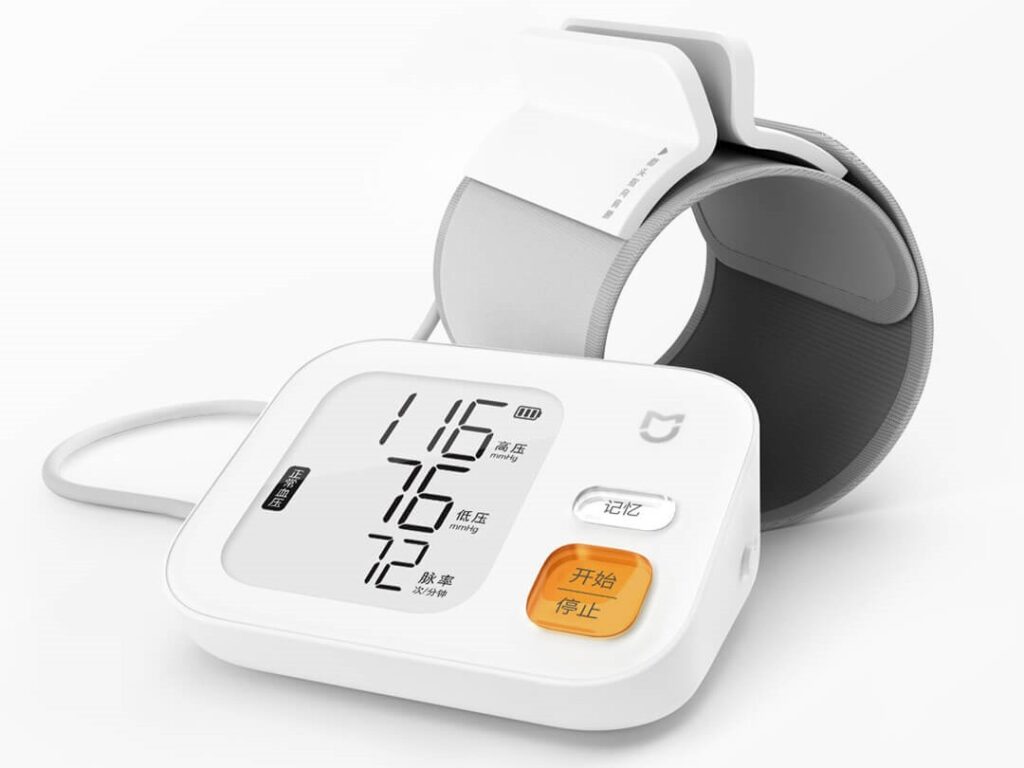
The Omron Platinum Blood Pressure Monitor allows users to monitor their blood pressure at home accurately. Regular monitoring can help detect any irregularities early, prompting timely medical consultation.
Mobile Health Applications
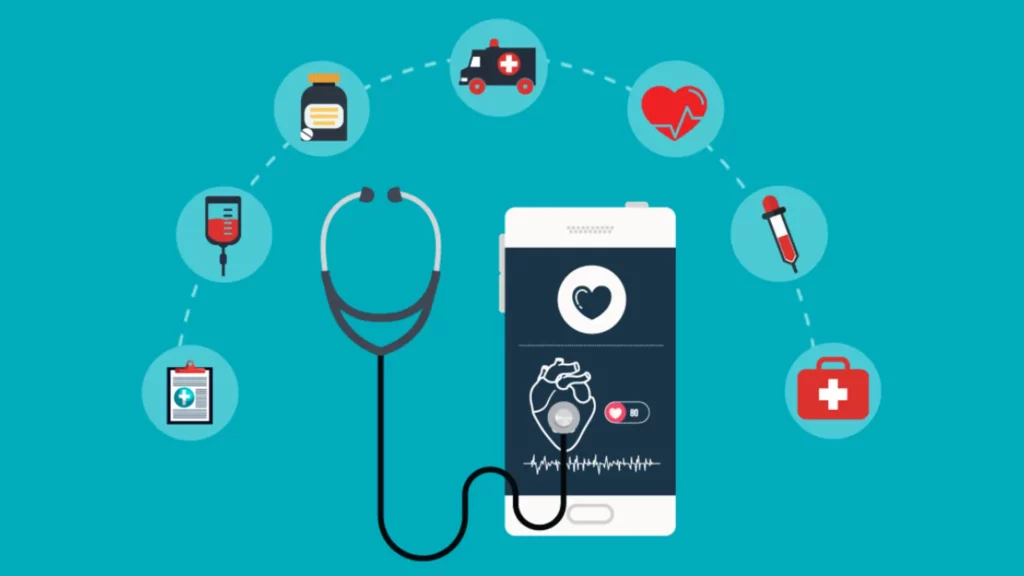
Apps like MyFitnessPal assist in tracking dietary intake and physical activity. By maintaining a balanced diet and regular exercise, users can manage weight and reduce the risk of further heart complications.
Portable ECG Devices
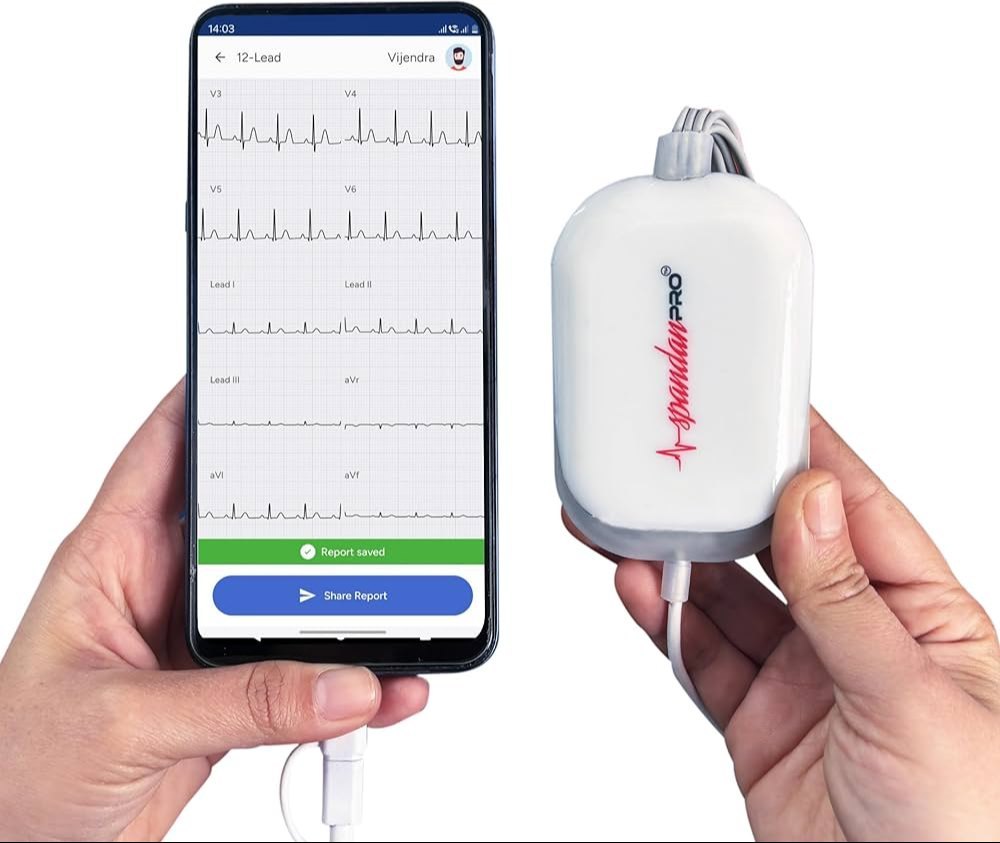
Devices such as the KardiaMobile provide instant ECG readings, enabling users to detect arrhythmias or other heart irregularities promptly. Early detection allows for quicker medical intervention.
Smart Scales
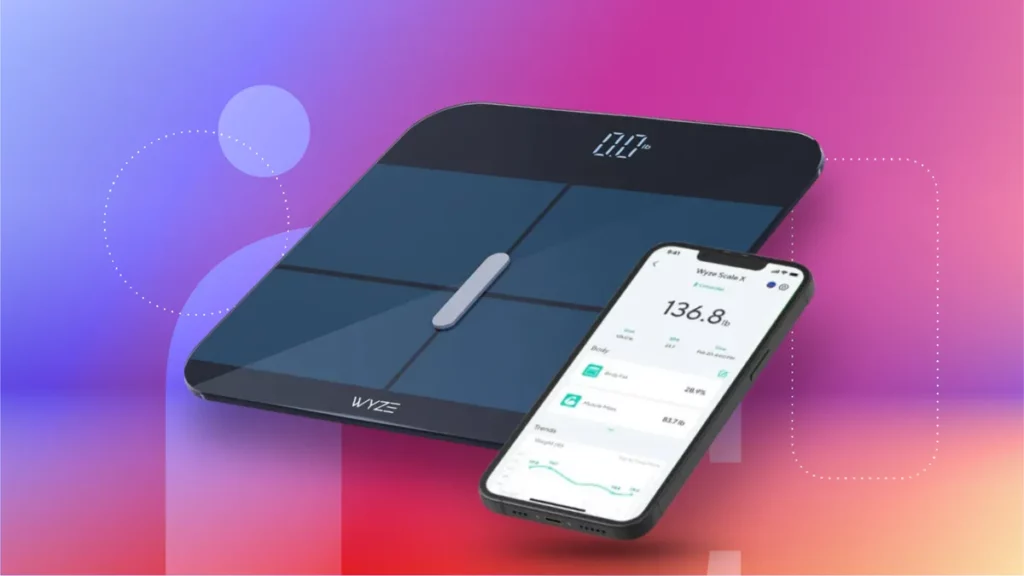
The Withings Body+ smart scale measures weight, body fat percentage, and other metrics. Monitoring these parameters helps in maintaining a healthy weight, which is crucial for heart health.
Benefits of Utilizing Heart Health Technologies
Enhanced Self-Monitoring
These technologies empower individuals to take charge of their health by providing real-time data and insights. Regular monitoring can lead to early detection of potential issues, allowing for timely interventions.
Personalized Health Insights
Many of these devices and applications offer personalized feedback based on the user’s data. This customization helps in creating tailored health plans, ensuring more effective management of heart health.
Improved Communication with Healthcare Providers
Data collected from these devices can be shared with healthcare professionals, facilitating more informed discussions during medical appointments and enabling better treatment decisions.
Real-World Applications and Success Stories
Case Study: Embracing Technology for Recovery
John, a 58-year-old heart attack survivor, integrated the Fitbit Charge 5 into his daily routine. By monitoring his heart rate and activity levels, he gradually increased his physical activity under his doctor’s guidance. Over time, he improved his cardiovascular fitness and reduced his risk of another heart event.
Case Study: Dietary Management with Mobile Apps
Maria, a 65-year-old woman recovering from a heart attack, used MyFitnessPal to track her dietary intake. By monitoring her sodium and saturated fat consumption, she made healthier food choices, leading to better blood pressure control and overall heart health.
Case Study: Home Monitoring for Early Detection
Alex, a 70-year-old man with a history of heart issues, utilized the Omron Platinum Blood Pressure Monitor to keep track of his blood pressure. Early detection of elevated readings allowed his doctor to adjust his medication promptly, preventing potential complications.
How to Acquire Heart Health Technologies
Purchasing Options
- Fitbit Charge 5: Available on Fitbit’s official website and major retailers like Amazon.
- Omron Platinum Blood Pressure Monitor: Purchase through Omron’s website or authorized medical supply stores.
- MyFitnessPal App: Downloadable from the App Store or Google Play Store.
- KardiaMobile: Available on AliveCor’s website and select pharmacies.
- Withings Body+: Purchase through Withings’ official site or online marketplaces.
Considerations Before Purchase
Before acquiring any health technology:
- Consult Healthcare Providers: Ensure the device suits your specific health needs.
- Check Compatibility: Verify that the device or app is compatible with your smartphone or other devices.
- Read Reviews: Consider user feedback to gauge the product’s reliability and effectiveness.
Frequently Asked Questions
Q1: Is it possible to live a normal life after a heart attack?
A: Yes, many individuals lead fulfilling lives after a heart attack by adhering to medical advice, making lifestyle changes, and utilizing health monitoring tools.
Q2: How soon can I resume physical activity post-heart attack?
A: Physical activity should be resumed gradually under medical supervision, often starting with light exercises and progressing based on individual recovery.
Q3: Are wearable fitness trackers accurate for monitoring heart health?
A: While not a substitute for medical-grade equipment, many fitness trackers provide reasonably accurate data that can be useful for daily monitoring and detecting trends.




